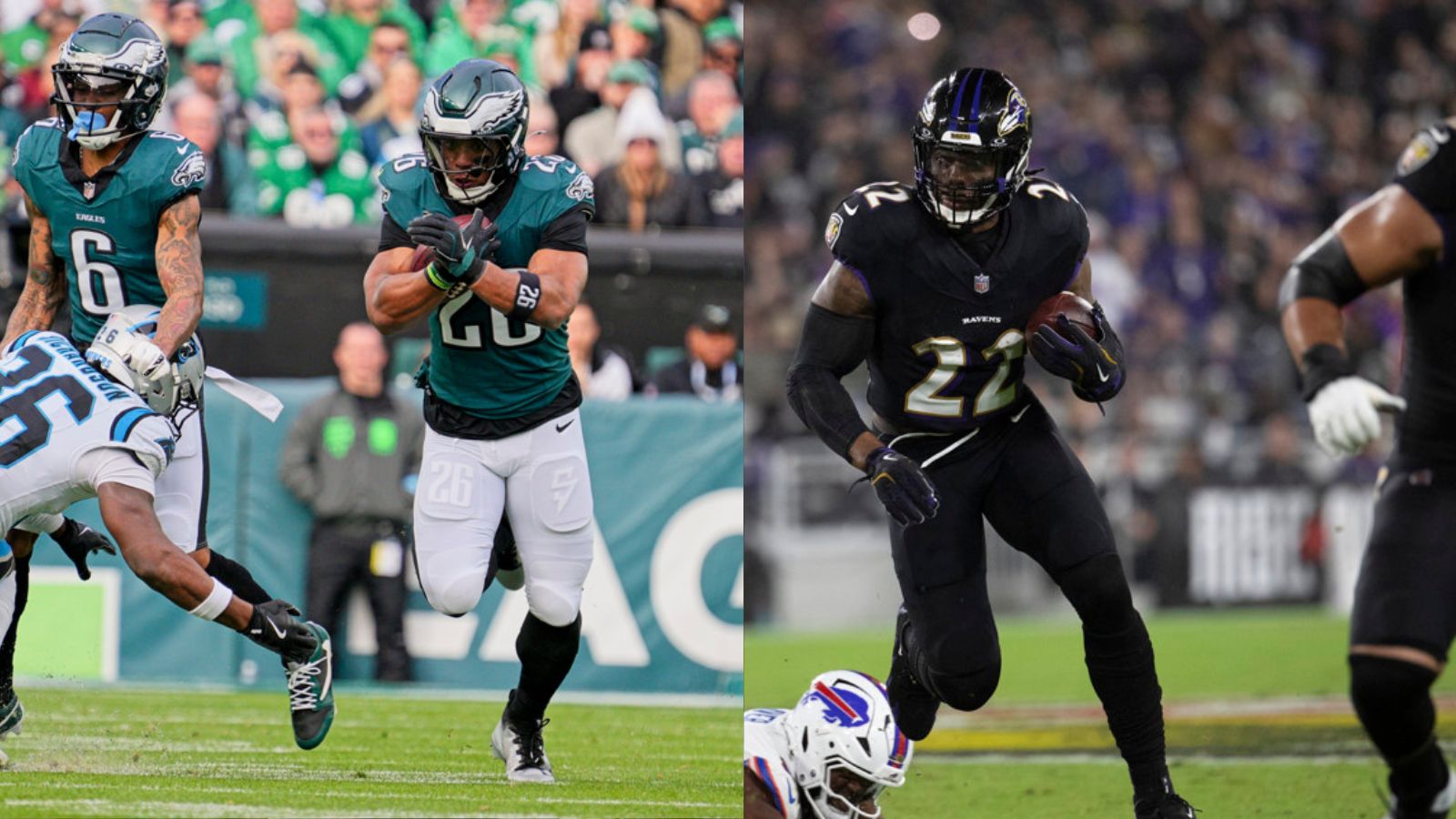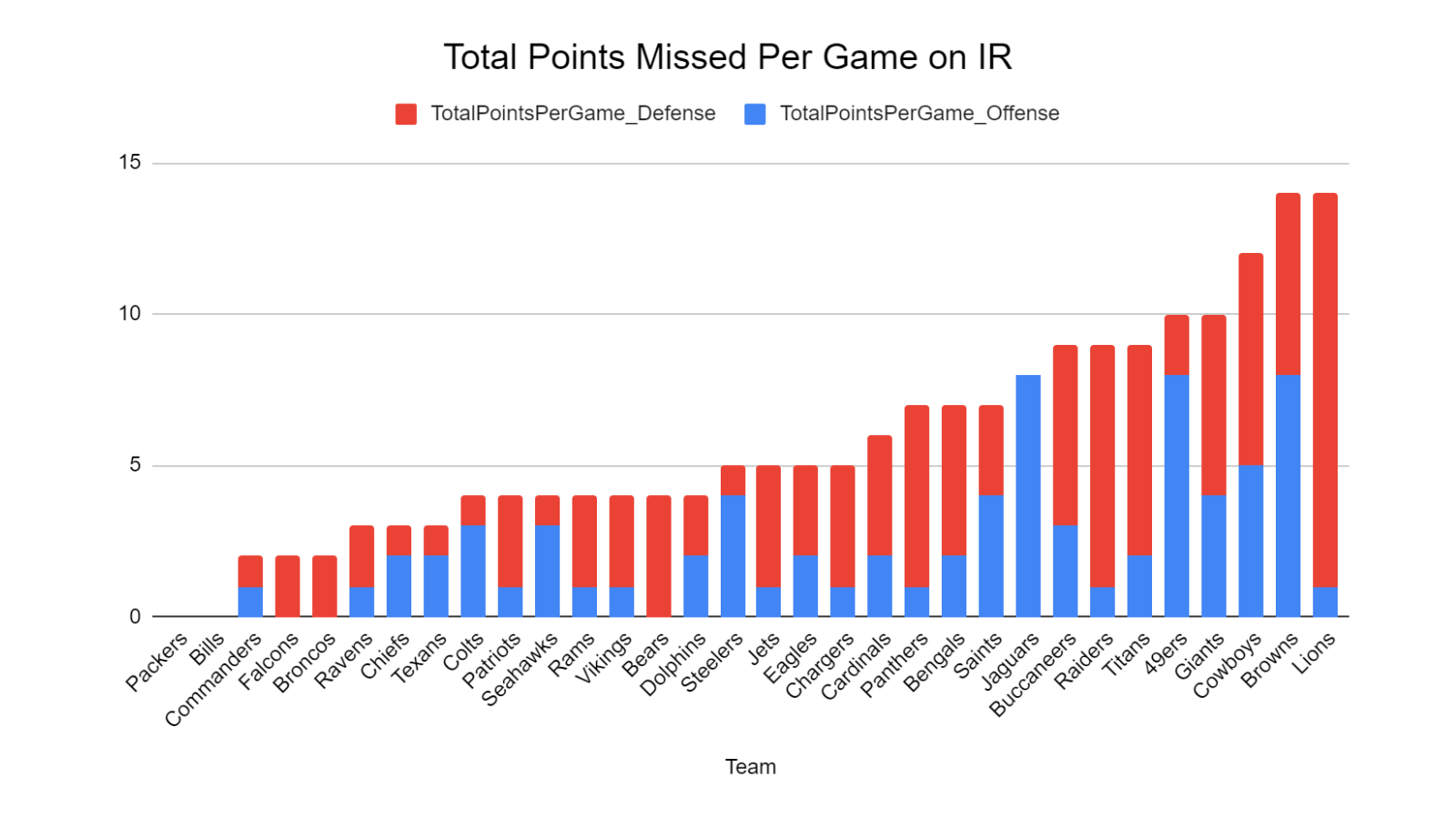As improbable as the Bengals’ Super Bowl run was last year, I don’t think anybody expected them to be this bad in 2022. A cadre of analysts had been trumpeting their impending regression, but consecutive losses to Mitchell Trubisky and Cooper Rush to begin the season have everyone wondering – what the hell is going on in Cincinnati?
Last year’s Cinderella has quickly turned into a pumpkin, and much of the blame is to be placed on an offense that has been highly dysfunctional through two games.
One of the company lines for the Bengals this offseason was that they could both run on two-high structures and pass against single-high coverage. Survey says that was a lie.
The Bengals have seen the most two-high snaps (101) of any team this season, and they have failed to punish defenses on the ground and force them out of those looks. Part of that has been for lack of trying – they run the ball into two-high just 23% of the time, the second-lowest rate in the league – but they also simply haven’t done it well. They average -0.19 EPA/carry into light boxes and a meager 1.0 YBC on those plays, second-worst in the NFL.
Perhaps leveraging RPOs more frequently would help; they’ve dialed up an RPO on only 3% of their offensive snaps, which is well below the league average of 8%.
It should be unsurprising then that the Bengals haven’t generated big plays through the air like they did last year. Coverage dictates where the ball is thrown, and two-high structures generally force underneath throws. As a result, Cincinnati’s average depth of target (ADOT) is down to 6.5 yards from 8.0 last year, and their boom rate – big plays that generate >1 EPA for the offense – has also dropped from 24.3% to 20.6% year-over-year.
Practically speaking, that’s about two big throws a game they’re missing out on. This is a huge deal for an offense that generated negative EPA in 2021 despite ranking 1st in EPA (435) on such plays. Every other team in the Top 10 produced positive EPA on the year. For better or worse, they were something of a glass cannon last year, and we’re currently noticing the extent to which they’ve been reliant on explosives.
Offenses don’t have to chuck it deep to pick up big yards throwing, though. That helps, of course, but teams with YAC threats are often able to rip off chunks in spite of a low ADOT. Unfortunately for Cincinnati, its receivers haven’t been as dynamic with the ball in their hands as they were last year. In 2021, the Bengals pass catchers ranked 5th in the league in broken and missed tackles/reception; this year, they rank just 26th through two games.
This is not to place the blame entirely on the receiving corps. Pass protection woes have certainly compounded Cincy’s issues in the passing game, but they have also been somewhat unlucky in terms of the impact it’s had on them. Although nobody is arguing the Bengals offensive line is one of the best in the game, their league-worst 13 sacks belies some less-atrocious advanced metrics:
Bengals Offensive Line Advanced Stats
First 2 Weeks of 2022
| Metric | Stat | Rank |
| Pressure Rate | 30% | 14th |
| Blown Block Rate (Passes) | 2.3% | 16th |
| Avg time to pressure | 2.61s* | 25th |
* League average is 2.76
So, while this unit has been less-than-good, they’re not as bad as the pummeling of Joe Burrow would lead you to believe. The problem here is largely that their mistakes have seldom gone unpunished. In 2021, pressures turned into sacks 19% across all 32 teams. So far, the Bengals opponents’ have converted a whopping 45% of their pressures into sacks. Only the Saints have been worse in this regard. Sacks typically kill about 80% of drives historically. Cincinnati has failed to convert another set of downs after 10 of its sacks so far.
Offensive playcalling hasn’t helped, either. The Bengals have shown some pretty stark run-pass tells that opposing defenses are starting to key on. The passing rate disparity between their shotgun and under center splits was 59 percentage points in 2021, second to only the 2019 Jaguars (61 percentage points) over the past four seasons. (Please take a moment to note that Jacksonville offense was led by John DeFilippo, who had three one-year stints as an NFL offensive coordinator, and is now out of work.)
That’s not great company Zac Taylor is keeping, but it’s gotten worse. That figure has ballooned to 69 percentage points this year. That is – if Cincinnati is in shotgun, they pass 87% of the time; if they’re under center, they pass 18% of the time.
It’s admittedly somewhat myopic to view offensive playcalling binarily. It’s also naive to think it’s abnormal for offenses’ modus operandi to change based on whether they are in the gun or under center. However, these splits are pretty staunch and there is some correlation between a playcaller’s tendencies and his offense’s performances within these splits. The defense still has to get into the right call – defending a stick concept is a lot different from defending four verts – but splits this big are not nothing.
In the past, two losses to start the season has been a death knell for a team’s playoff hopes, though one might expect those odds to be a bit better under the new 17-game season. Still, Cincinnati’s season hangs in the balance this weekend, and a loss might bring the team’s honeymoon period to an abrupt end. At 1-2, they’d still be behind the 8-ball, but each win buys them more time to fix some of their systemic issues and right the ship.
Unless you’re Tom Brady, NFL championship windows close awfully quickly, and Burrow – despite his strengths and all the cosmetic surgeries he’s undergone – is no Tom Brady. It’s still early and the Bengals have the talent to turn things around, but they’d better do so quickly, lest their window closes. Maybe it already has.


